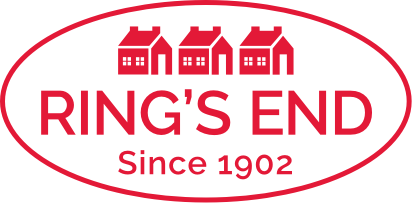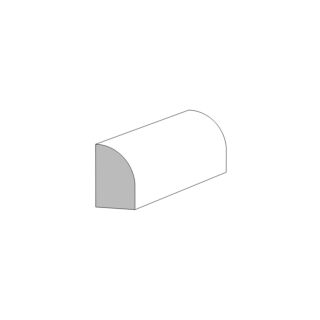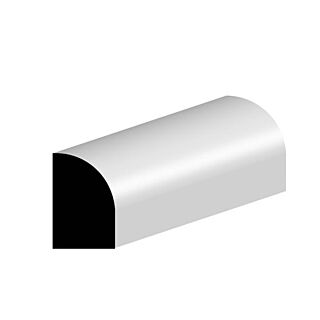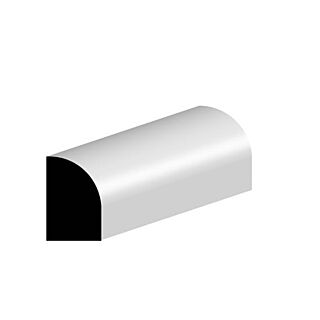Shoe
Learn More from the Top Shoe Moulding Supplier in Connecticut and the Surrounding Area
What is shoe moulding?
Shoe molding, also known as base shoe moulding, is a trim used to cover the gap between baseboards and flooring. It provides a finished look, hides irregularities, and protects the baseboard from damage. This thin strip of molding is typically made of MDF, polystyrene, or wood (such as maple, poplar, or red oak), and it’s installed with nails or adhesive.
What's the difference between shoe moulding and quarter round?
Shoe molding and quarter round moulding are similar types of trim used for covering gaps between baseboards and flooring. The main difference lies in their profiles: shoe molding has a more tapered appearance, while quarter round is more rounded. Both serve aesthetic and protective purposes in finishing flooring installations.
What’s the difference between shoe moulding and baseboards?
Shoe molding is a trim used to cover gaps between baseboards and flooring, providing a finished look and protecting the baseboard. Baseboards, on the other hand, are installed along the bottom of walls to cover the joint between the wall surface and the floor, enhancing aesthetics and hiding imperfections. Base cap moulding is trim that runs along the top edge of the baseboard where it meets the wall.
How do you measure and cut shoe moulding for corners?
To measure and cut shoe molding for corners, use a miter saw to cut each end of the molding at a 45-degree angle. Measure the length needed for each piece, ensuring the cuts are mirrored for inside and outside corners. Test-fit the pieces before securing them with adhesive or nails.
Can you DIY install shoe moulding?
To install shoe molding, first ensure the surface is clean and dry. Cut the molding at 45-degree angles for corners using a miter saw. Attach the molding to the baseboard using finishing nails or adhesive, ensuring it sits flush against both the baseboard and the floor. Fill any gaps and finish as desired.
How do you install shoe moulding on uneven floors?
When installing shoe molding on uneven floors, use flexible adhesive or caulk to accommodate variations. Cut the molding to fit the longest measurement, then scribe and shape it to follow the floor contour. Secure it with nails or adhesive, ensuring it maintains contact with both the baseboard and the floor.
Is there a difference between shoe moulding and shoe molding?
The spelling difference ("moulding" vs. "molding") is simply a variation based on regional preferences or conventions.
Where can I buy shoe moulding?
Ring’s End sells shoe moulding throughout the Northeast. Visit a local store to see product samples, talk to an expert, and place your order. Or, order online for in-store pickup or delivery within our network. Ring’s End has store locations on the Eastern Connecticut shoreline, including Stamford, Darien, Wilton, and Wethersfield, Connecticut. In addition to our many stores in Connecticut, Ring’s End also has stores located in the Boston, MA area, Lewisboro, NY, and Portland, ME.
What are the shipping options for shoe moulding?
Ring's End can ship all standard items. However, “oversized items” are only available for In-Network delivery. These items will be clearly marked during the checkout process. Our delivery area spans Connecticut, Westchester County in New York counties, and western Rhode Island. To find out if your address is located within our network, see our In-Network Service Map. We provide LTL shipping quotes for in and out-of-network orders.



